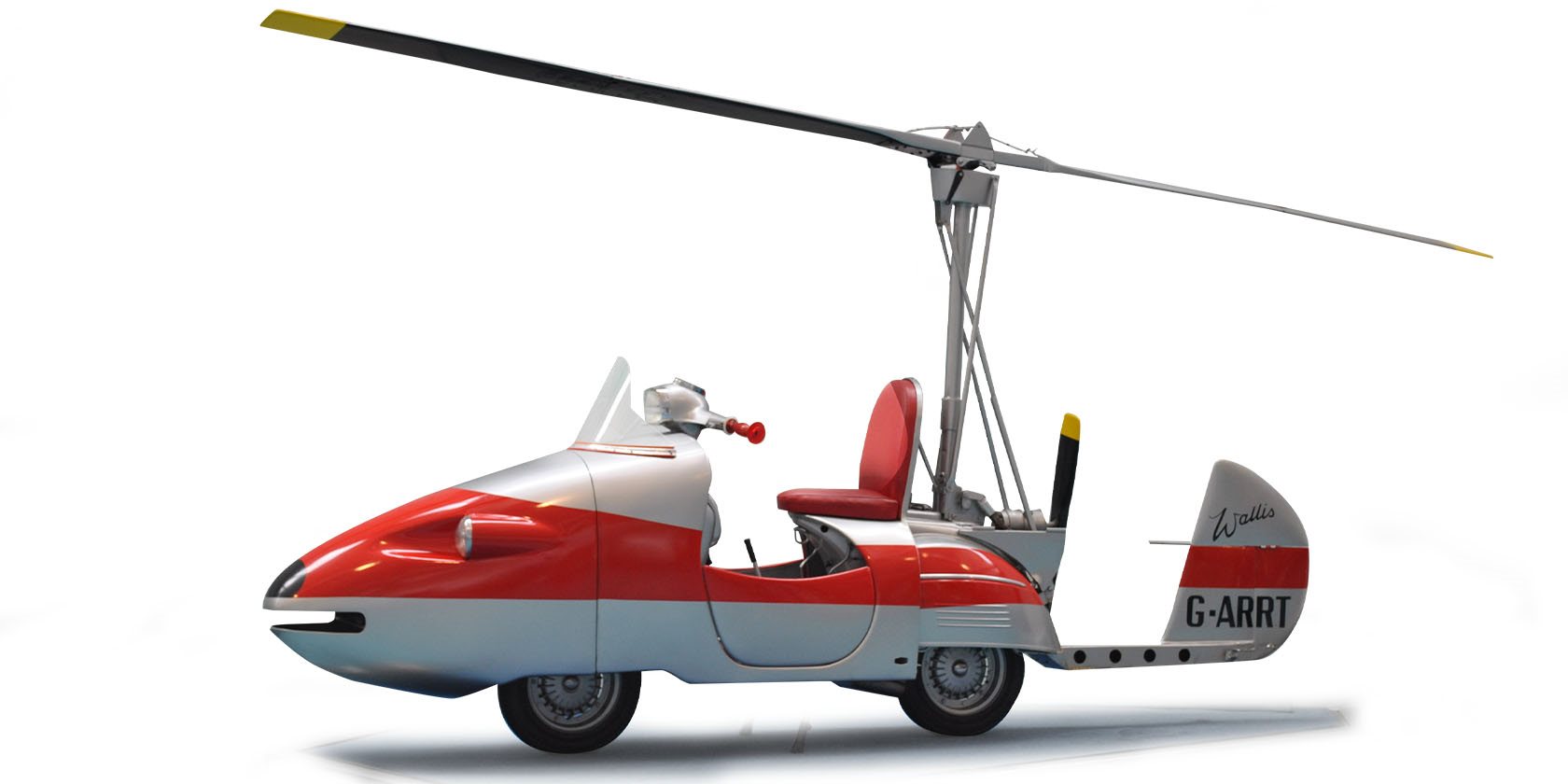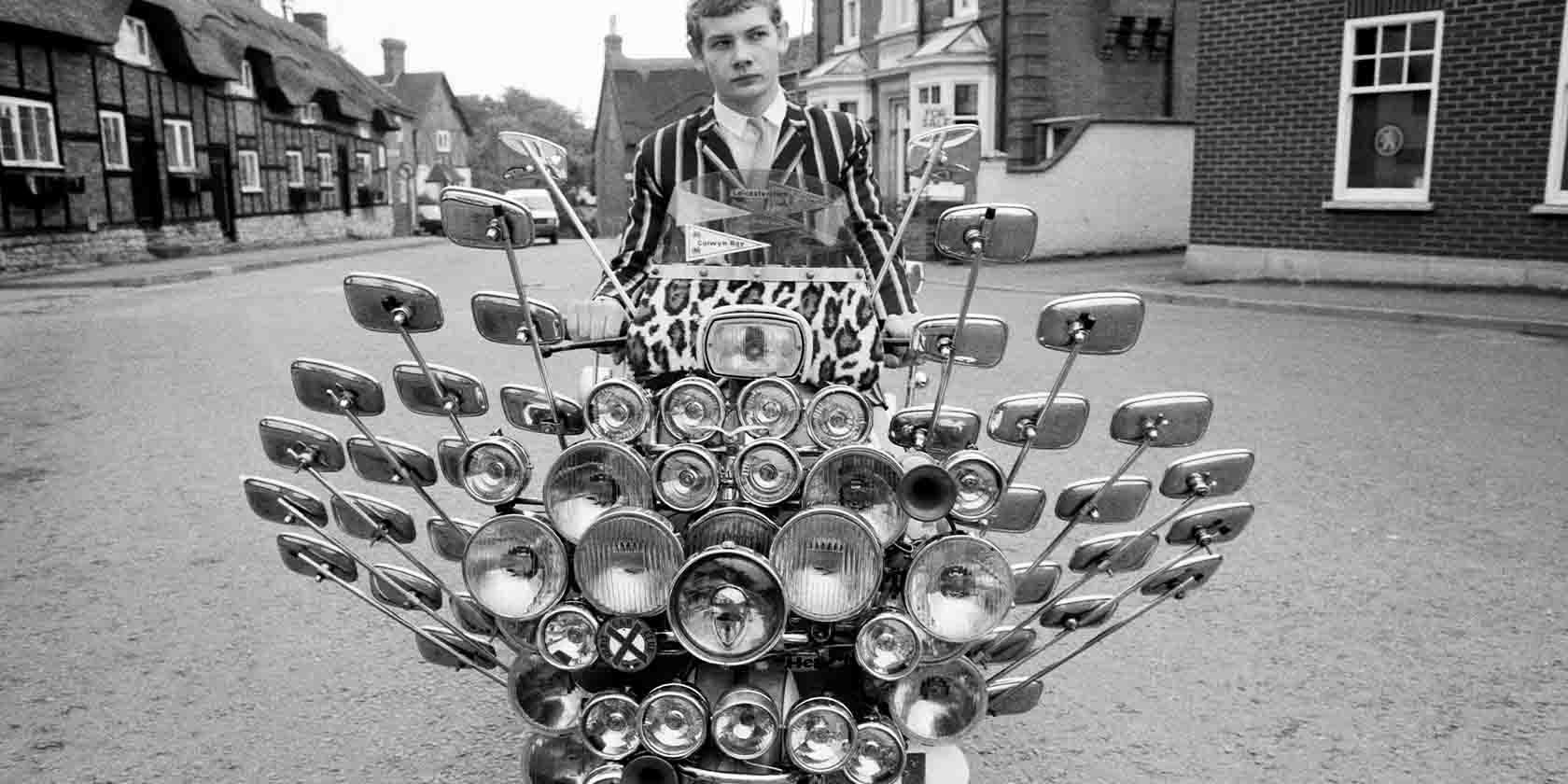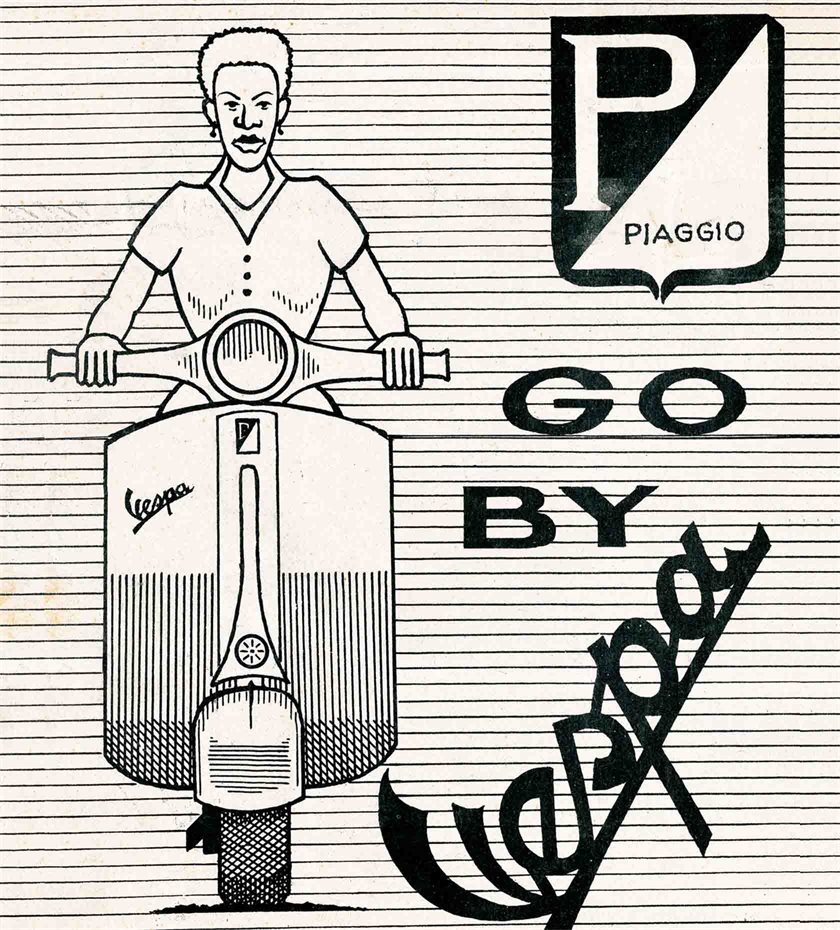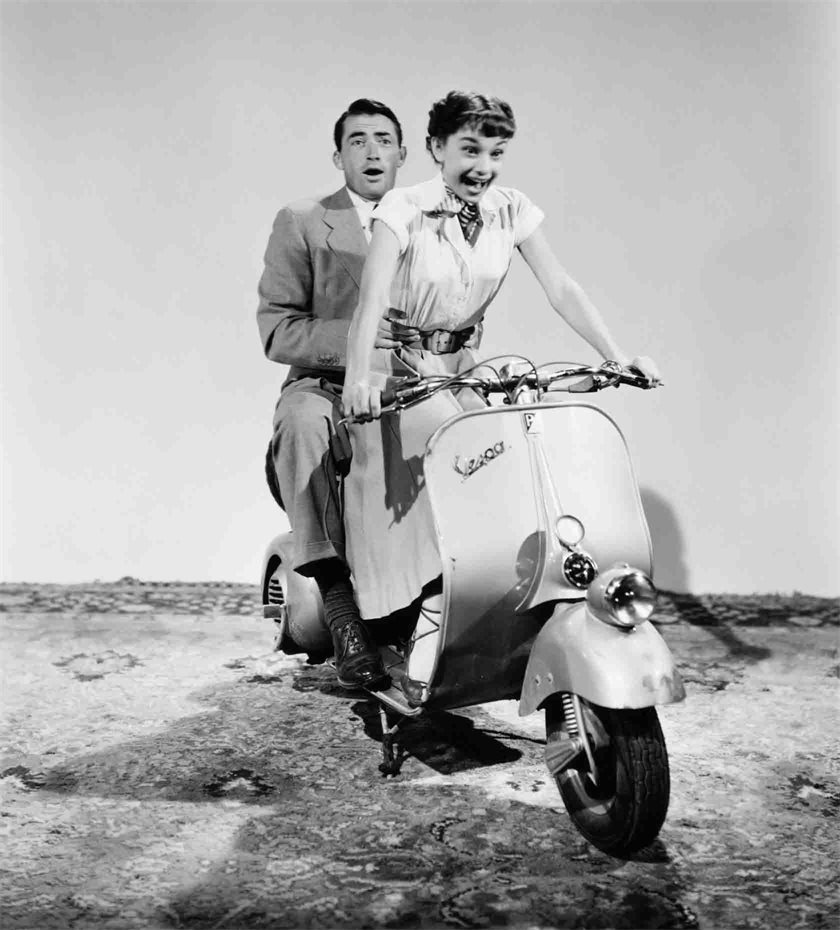The Vespa Scooter – A World Success
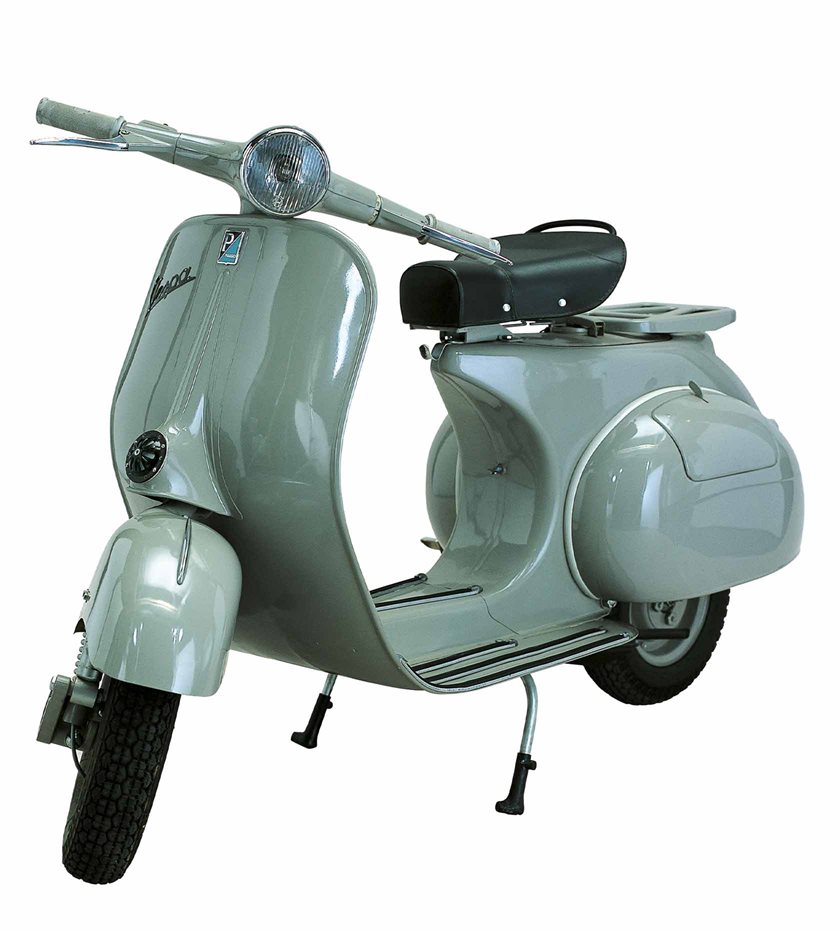
Give pen and paper to a child. Ask them to draw a scooter. The resulting drawing will in many ways probably be similar to a Vespa. Because, for 75 years, the Italian scooter has simply managed to be the point of reference for designers all around the globe whenever they get started on developing a new personal means of transportation somewhere in the middle between a regular moped and a motorcycle.
Today, when we are talking about personal means of transportation, we probably mainly think about electrical scooters, segways, and minibikes that can be folded up and thrown in the trunk – not least now with all the climate changes. But in 1946 there was a quite different situation. Back then, it was the bike that dominated the streets. But after the war, the Italian industry was to be rebuilt. And there was a massive need of a quick, smooth, and cheap means of transportation for all those who could not afford a motorcycle, even less so a four-wheeled automobile. One of the companies that accepted the challenge was the motorcycle producer Piaggio, who chose the outstanding designer Corradino D’Ascanio for the task of designing a never-before-seen vehicle – the Vespa.
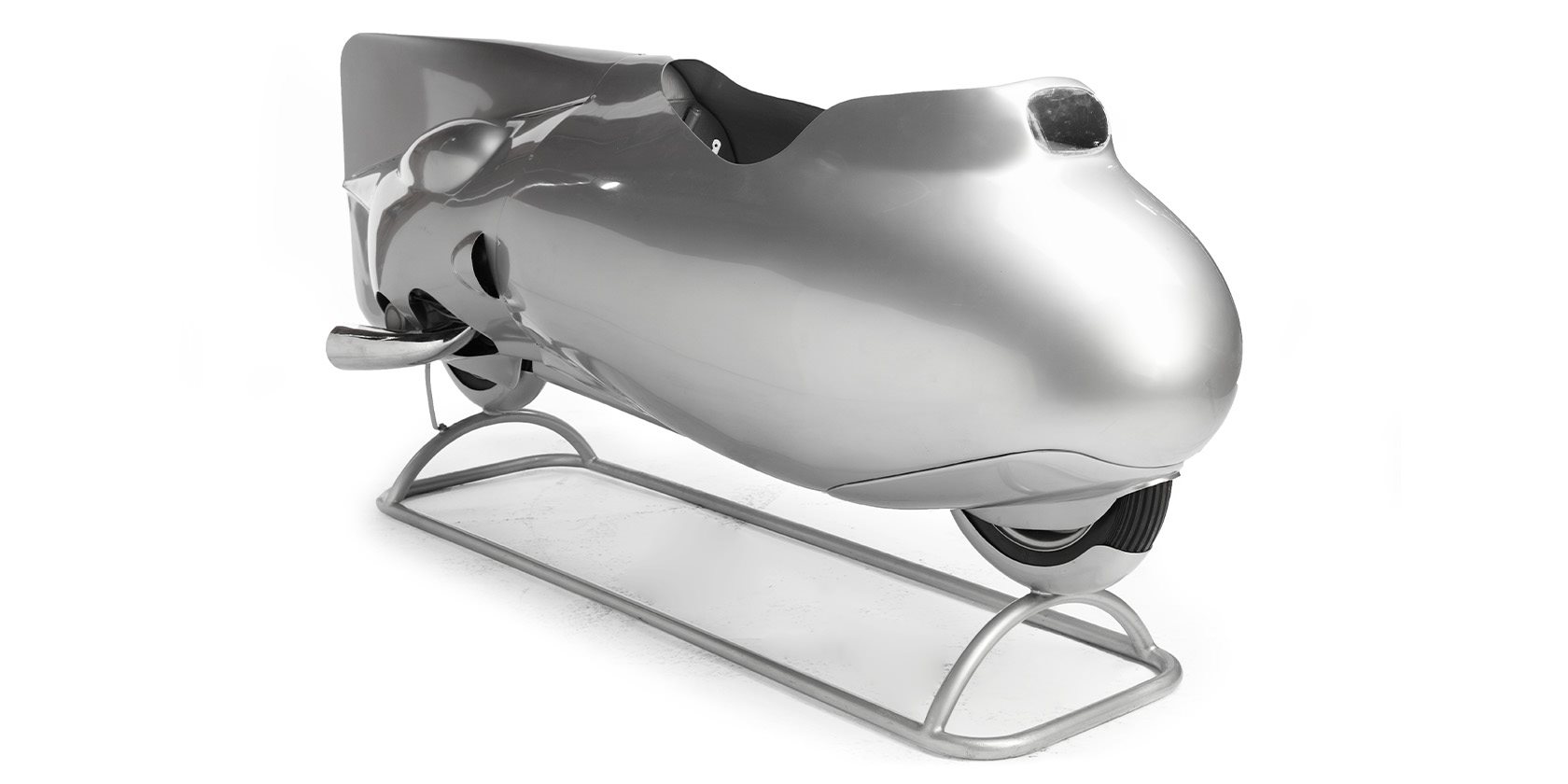
Already before the birth of the Vespa, the Piaggio factory had attempted to create a prototype that was alluring enough but still looked a bit like a motorcycle. The owner – Enrico Piaggio – turned this attempt down. He wanted a cheap vehicle, which was financially possible for most people. And at the very least it should be different and have a completely new and never-before-seen design. It was here that D’Ascanio entered the picture. He had an engineering degree, and during the wars he worked in the aviation industry. The most unique thing about him with regards to the project was that he did not like motorcycles. And he really did not like that you had to swing your leg across the motorcycle to mount it. Long story short: he was the perfect man for designing a motorcycle for all those people who did not like motorcycles.
Using his aviation knowledge, D’Ascanio found an Egg of Columbus. He invented the first load-bearing motorcycle body without a central frame which the driver had to swing their legs over. It was easy to mount a Vespa, also for women in skirts and dresses. And with an integrated hood there was no need to worry about having your legs dirtied. In other words, the Vespa was just as useable in the city as in the countryside. The first Vespa model was presented at the prestigious Golf Club di Roma in 1946. Vespa 98 cost around 55.000 lire, while a ‘luxury edition’ cost 61.000 lire – a high price, which would be around 1.000 dollars today. It was not anywhere near the cheap price Enrico Piaggio had envisioned. At that point in time, the average salary of an Italian worker was around 10.000 lire per month.
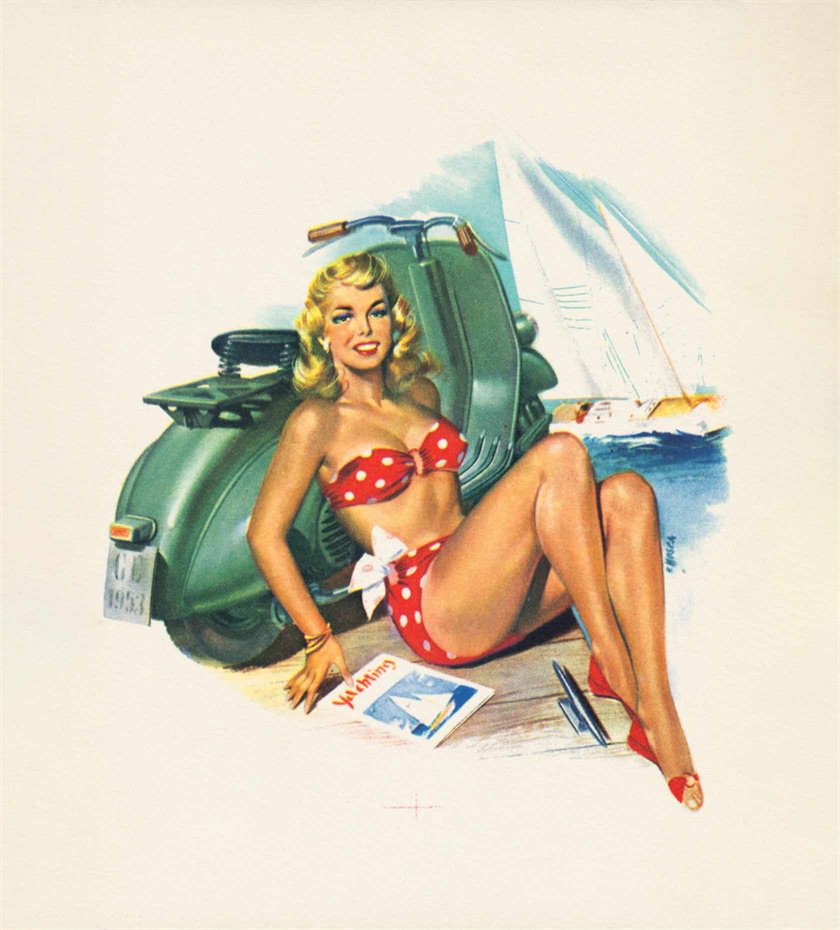
But the Vespa hit the bull’s eye. For many it became a necessity, and people were prepared to indebt themselves to own one. The demand was so high, that Piaggio already towards the end of 1946 decided to stop producing the cheaper model entirely. The fact is that the Vespa was an incredible hit already from the start. New owners had to wait for months to have their longed-for scooter delivered. And some dealers used the high demand to skyrocket the prices. Often the customers had to pay both twice and thrice the normal price before they could drive through the streets of Rome
And the success could be seen directly in the factory’s production numbers. Straight after the premiere, Piaggio sold 2.484 scooters. The next year, 10.000 scooters rolled onto the streets. A number which increased to 20.000 already in 1948. In the 1950s, the Vespas spread across the Italian peninsula like a bushfire with over 150.000 new scooters each year. Until today’s date, over 19 million Vespas have been produced.
The Vespa has a simple construction and can easily be modified. Because of that, many designers have made their own interpretations of the iconic scooter throughout the years. In 1949, there came a model with an aluminum body, which otherwise was used in the aviation industry. And with a visible gas tank. In 1951 came the unbelievable Vespa Siluro and Vespa Monthlery. Two brave and futuristic models, which for sure could have been part of a cult science fiction movie like Blade Runner.
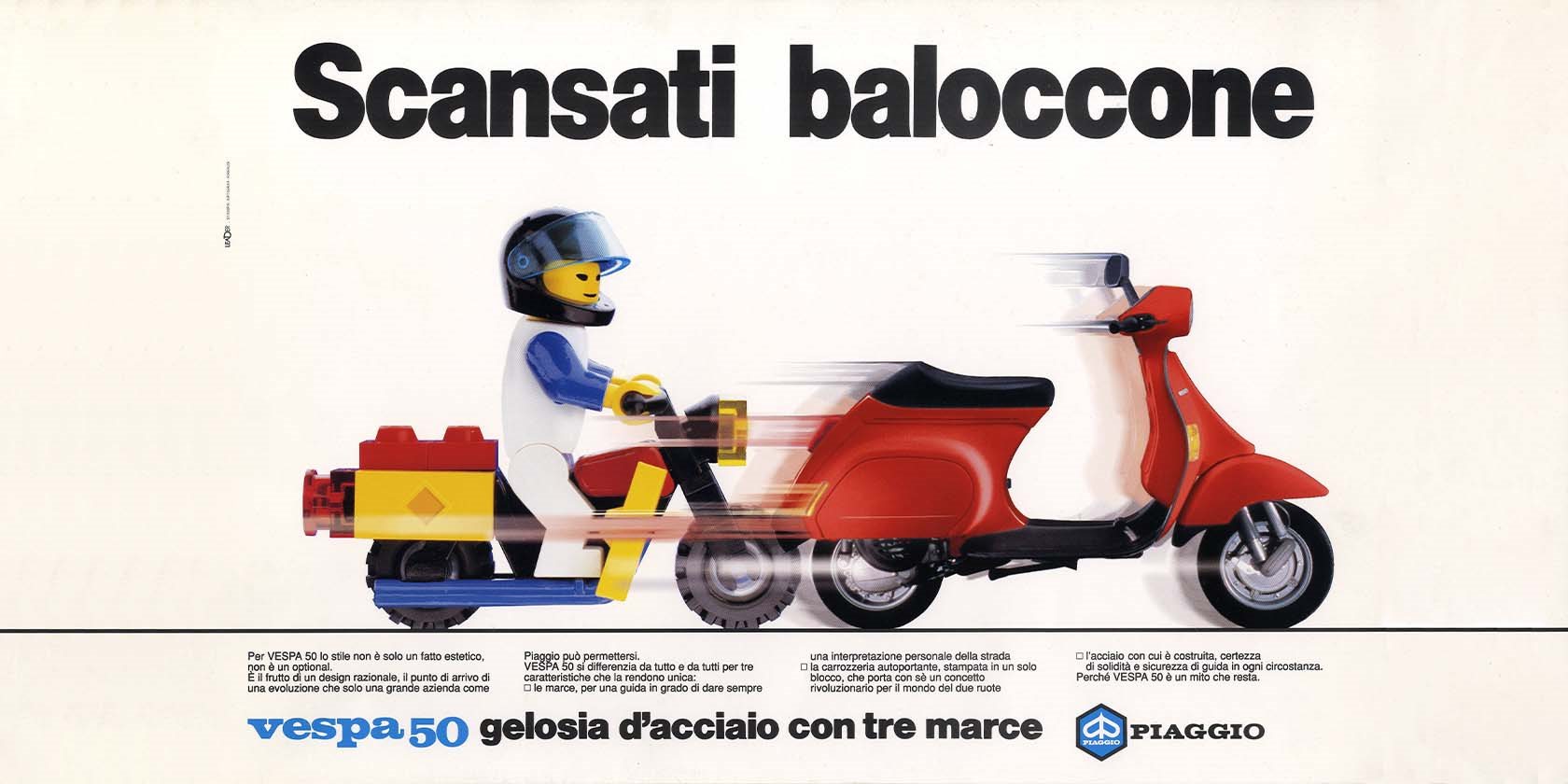
Talking about movies: the Vespa got its international movie premiere when Gregory Peck and Audrey Hepburn whisked through Rome in the movie Roman Holiday (1953).
In the 1960s, the Italian movie industry created their own version of the James Bond movies with the movie Dick Smart 2.007 (1967). In this movie, a specially designed Vespa plays a critical role: just like Bond’s Aston Martin it could fire missiles and machine guns. But not least of all: it could fly. It was equipped with a set of rotor blades, so it could take off like a helicopter. On top of that, it could dive like a submarine.
However, it was not only the movie industry which could see new uses for the Vespa. In 1957, the French military ordered a special version of the Vespa 150 TAP, equipped with a 75 mm anti-tank gun.
Despite some minor changes, the Vespa kept its design all the way up until the 1990s, when it got a more modern design with fewer sharp edges – and perhaps a little more popped. Nevertheless, the factory in Tuscany now produces no less than 148 different models. And the Vespa is still winning awards. The last one was in 2019, when the GTS model won ‘motorcycle’ of the year in Germany.
The Vespa is an iconic means of transportation and has kept us spellbound for 75 years. A beautiful and simple vehicle, which is now entering an era of banned petrol engines. Today the future of the Vespa is electric. Now it has just got to do without the lively buzzing engine on the rear wheel.
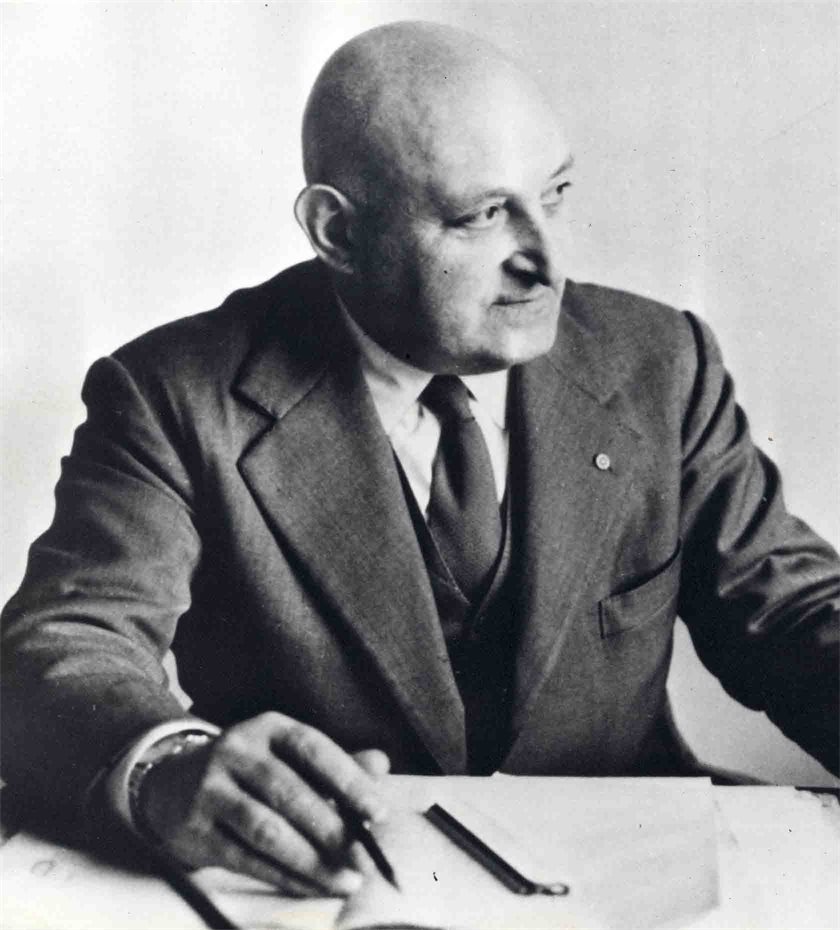
Talking about movies: the Vespa got its international movie premiere when Gregory Peck and Audrey Hepburn whisked through Rome in the movie Roman Holiday (1953).
In the 1960s, the Italian movie industry created their own version of the James Bond movies with the movie Dick Smart 2.007 (1967). In this movie, a specially designed Vespa plays a critical role: just like Bond’s Aston Martin it could fire missiles and machine guns. But not least of all: it could fly. It was equipped with a set of rotor blades, so it could take off like a helicopter. On top of that, it could dive like a submarine.
However, it was not only the movie industry which could see new uses for the Vespa. In 1957, the French military ordered a special version of the Vespa 150 TAP, equipped with a 75 mm anti-tank gun.
Despite some minor changes, the Vespa kept its design all the way up until the 1990s, when it got a more modern design with fewer sharp edges – and perhaps a little more popped. Nevertheless, the factory in Tuscany now produces no less than 148 different models. And the Vespa is still winning awards. The last one was in 2019, when the GTS model won ‘motorcycle’ of the year in Germany.
The Vespa is an iconic means of transportation and has kept us spellbound for 75 years. A beautiful and simple vehicle, which is now entering an era of banned petrol engines. Today the future of the Vespa is electric. Now it has just got to do without the lively buzzing engine on the rear wheel.
